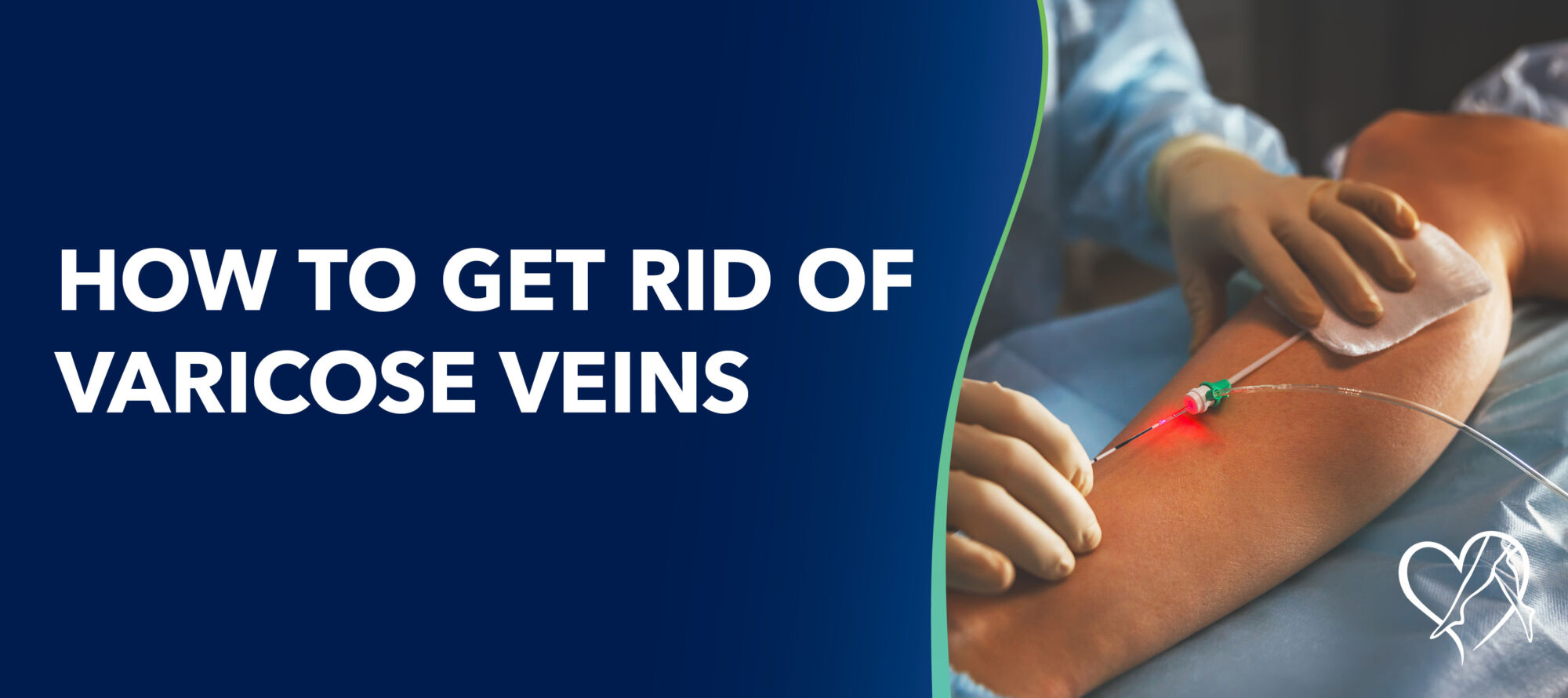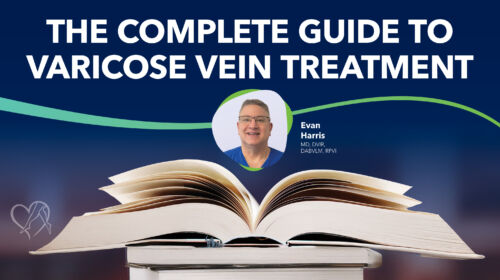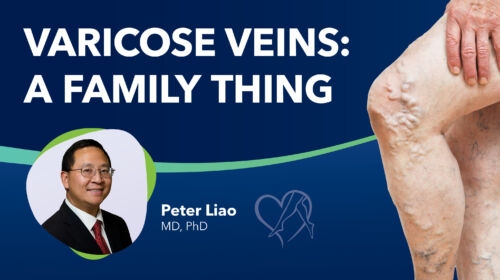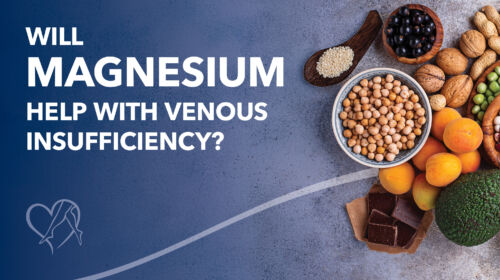

Discover everything you need to know about varicose vein treatment in our comprehensive guide from Center for Vein Restoration, the nation’s largest physician-led vein center. Learn the causes, symptoms, and advanced treatment options for varicose veins, including minimally invasive procedures performed by board-certified vein doctors. Find out how to prevent vein disease from worsening, improve circulation, and restore healthy, pain-free legs.

In this blog, we celebrate the retirement of Dr. John Rossi and introduce Dr. Tanya Flohr as the new board-certified vein specialist at Center for Vein Restoration in Mechanicsburg, PA. Readers will learn about Dr. Flohr’s extensive background in vascular surgery and her personalized approach to treating varicose veins, spider veins, and chronic venous insufficiency. Discover why CVR remains a trusted national leader in minimally invasive vein treatment.

Leg pain, swelling, or heaviness could be signs of chronic venous insufficiency (CVI), a common but often overlooked vein condition that affects millions of adults. This blog from Center for Vein Restoration explains what causes varicose veins, spider veins, and vein-related leg pain, and how minimally invasive, outpatient treatments can help. Learn when to see a vein doctor and how to protect your leg health with expert care from the nation’s leader in vein treatment.

Varicose veins, those unappealing, often painful twisting lines that protrude above the surface of the skin, can be a family affair. While there are a number of risk factors that contribute to the formation of varicose veins, genetics may be the most common. This means that if one of your parents has varicose veins, you are much more likely to develop them as well.

Feeling unusually heavy in your legs or body? This blog explores how body heaviness can be linked to vein health issues like chronic venous insufficiency. Learn about the common causes, symptoms to watch for, and when it's time to seek professional vein care.

Leg pain, swelling, or visible varicose veins may signal vein disease. This medically reviewed blog explains when to see a vein specialist and how early treatment for conditions like chronic venous insufficiency or DVT can prevent serious complications. Learn how Center for Vein Restoration offers fast, minimally invasive relief.

Learn how magnesium can help improve blood flow and reduce leg pain or swelling caused by chronic venous insufficiency (CVI). This blog explains how adding magnesium to your diet may support healthier veins.

Post-thrombotic syndrome (PTS) is a common complication after a deep vein thrombosis (DVT) that can cause chronic leg pain, swelling, varicose veins, and skin changes. In this medically reviewed blog, vein expert Dr. Andrew Harding explains the causes, symptoms, and minimally invasive treatments that can relieve discomfort and improve circulation. Learn how early diagnosis and treatment at Center for Vein Restoration can help you manage PTS and protect your long-term vein health.